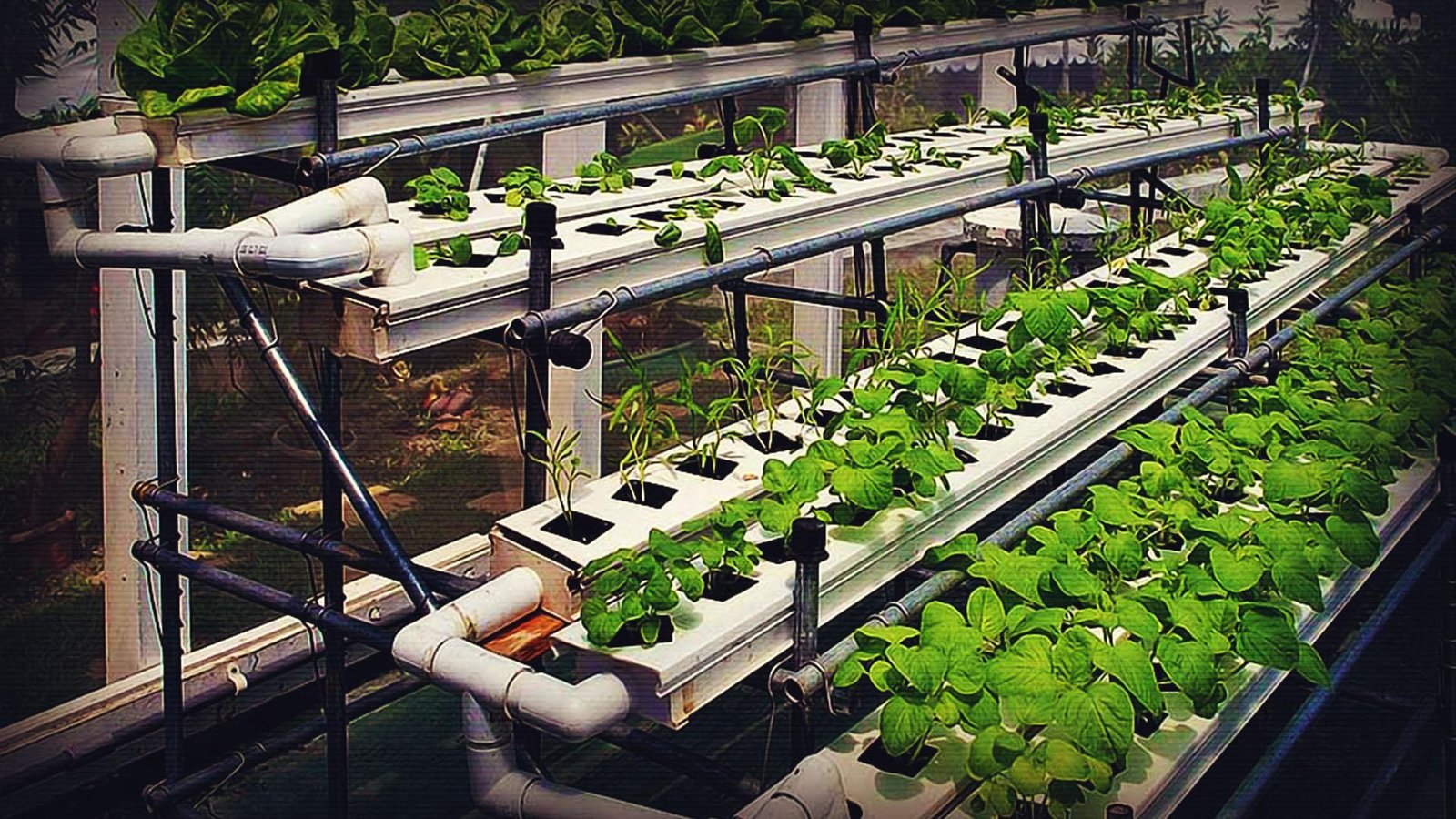-
أخر الأخبار
- استكشف
-
المدونات
-
المجموعات
Hydroponics Market by Equipment: Grow Lights, Climate Control, and Nutrient ManagementHydroponics Market by Equipment: Grow Lights, Climate Control, and Nutrient Management

The Hydroponics Market is transforming the agricultural landscape with innovative technologies that eliminate the need for soil and allow crops to be cultivated in controlled environments. Central to this transformation is the equipment that powers hydroponic systems, enabling precision, efficiency, and scalability. Among the most critical components are grow lights, climate control systems, and nutrient management tools—each playing a pivotal role in optimizing crop yield and quality.
1. Grow Lights: Artificial Sunlight for Indoor Farming
In hydroponics, especially for indoor systems, grow lights replace natural sunlight and are tailored to deliver the exact spectrum of light required by different crops for photosynthesis.
Types of Grow Lights:
-
LED Grow Lights: Energy-efficient, customizable light spectrums, and longer lifespan. Rapidly gaining market share due to sustainability.
-
Fluorescent Lights (CFLs and T5s): Affordable and ideal for small-scale or home hydroponic systems.
-
High-Intensity Discharge (HID) Lights: Used in commercial setups; includes Metal Halide (MH) and High-Pressure Sodium (HPS) lamps.
Market Trends:
-
LED adoption growing rapidly due to lower energy use and better heat management.
-
Smart grow lights with app connectivity and automation features gaining popularity.
-
Increased R&D investments in full-spectrum and tunable lights.
Challenges:
-
High initial cost of quality LED systems.
-
Need for cooling and proper spacing to prevent overheating.
2. Climate Control: Precision Environment Management
Hydroponic systems rely on tightly managed indoor conditions. Climate control equipment ensures that temperature, humidity, CO₂ levels, and ventilation are optimized for plant health.
Key Components:
-
Heating and Cooling Systems: Maintain optimal temperature ranges for different crops.
-
Humidity Controllers: Prevent fungal diseases and stress in plants by stabilizing humidity.
-
Ventilation and Air Circulation Fans: Prevent mold growth and provide fresh air.
-
CO₂ Injectors: Improve photosynthesis efficiency and accelerate plant growth.
Market Insights:
-
High demand from vertical farms and greenhouse operators for integrated climate control systems.
-
Automation trends pushing the integration of AI-powered monitoring tools.
-
Development of plug-and-play climate units for home growers.
Challenges:
-
System complexity for beginners or small-scale growers.
-
Energy-intensive operations, especially in regions with extreme temperatures.
3. Nutrient Management: Feeding Plants with Precision
In hydroponics, plants absorb nutrients directly from a water-based solution. Therefore, nutrient management systems are crucial for balancing essential minerals and optimizing crop health.
Components and Tools:
-
Reservoir Tanks: Store and circulate nutrient solutions.
-
Nutrient Mixers and Dosers: Automatically mix nutrients based on crop requirements.
-
pH and EC Meters: Monitor acidity (pH) and electrical conductivity (EC) to ensure nutrient absorption.
-
Automated Nutrient Delivery Systems: Integrate sensors and AI for real-time adjustments.
Market Drivers:
-
Growth in demand for organic, high-nutrition produce.
-
Development of crop-specific nutrient formulations.
-
Digital tools that track nutrient consumption and optimize feed schedules.
Challenges:
-
Need for regular monitoring and maintenance.
-
Lack of knowledge among new users leading to imbalanced feeding and crop damage.
Market Segmentation and Revenue Insights
Commercial vs. Residential Use:
-
Commercial Sector: Prefers advanced, integrated systems for scalability and efficiency.
-
Residential Sector: Seeks compact, easy-to-use kits with minimal maintenance.
Equipment Market Share by Component (Estimated 2025–2030 Outlook):
-
Grow Lights: ~35%
-
Climate Control Systems: ~30%
-
Nutrient Management Systems: ~25%
-
Others (Timers, Controllers, Trays): ~10%
Regional Growth:
-
North America: High adoption of automation and smart grow equipment.
-
Europe: Sustainability-driven equipment innovations.
-
Asia-Pacific: Strong growth due to rising awareness and urban farming.
Technological Innovations Driving Equipment Efficiency
-
AI and IoT Integration: Real-time data-driven decision-making, predictive maintenance, and alerts.
-
Smartphone Apps: Control and monitor systems remotely.
-
Modular Designs: Allow growers to expand or customize systems as needed.
-
Energy Efficiency: Manufacturers are designing low-power components to appeal to sustainability-conscious users.
Future Outlook and Opportunities
As the hydroponics market expands, the demand for specialized and intelligent equipment will rise sharply. Emerging opportunities include:
-
Subscription-based models for nutrient solutions and grow light replacements.
-
Open-source climate control platforms for hobbyists and startups.
-
Training modules and virtual assistance tools bundled with advanced systems.
The global shift toward urban agriculture, food security, and environmentally responsible farming will continue to fuel the growth of equipment sales in the Hydroponics Market.
Conclusion
The success of any hydroponic setup—be it commercial or residential—depends heavily on the efficiency and reliability of its equipment. With constant innovation in grow lights, climate control systems, and nutrient management tools, the Hydroponics Market is set to achieve greater scalability and accessibility. As these technologies become smarter and more cost-effective, the vision of a sustainable, high-yield farming future inches closer to reality.








